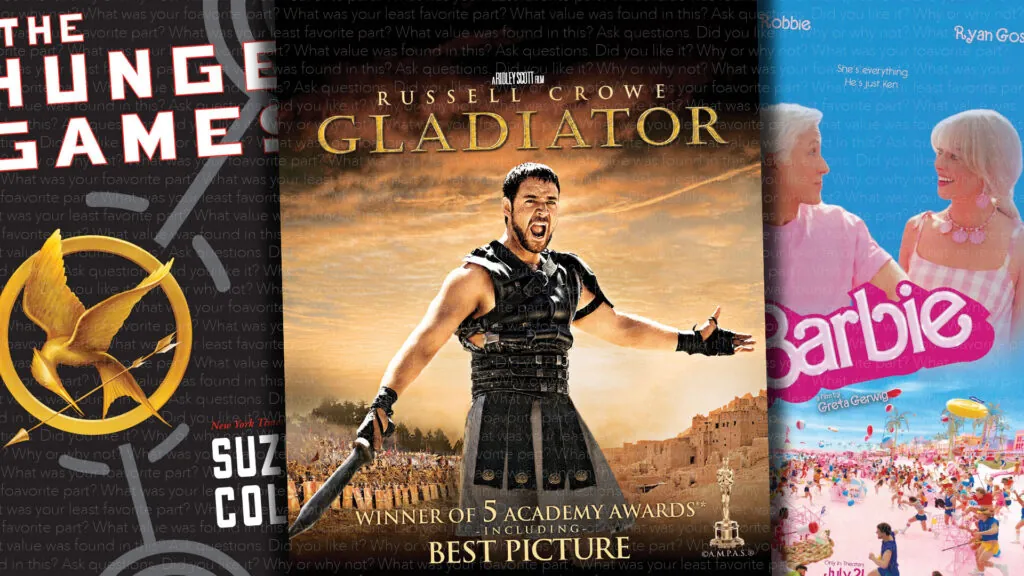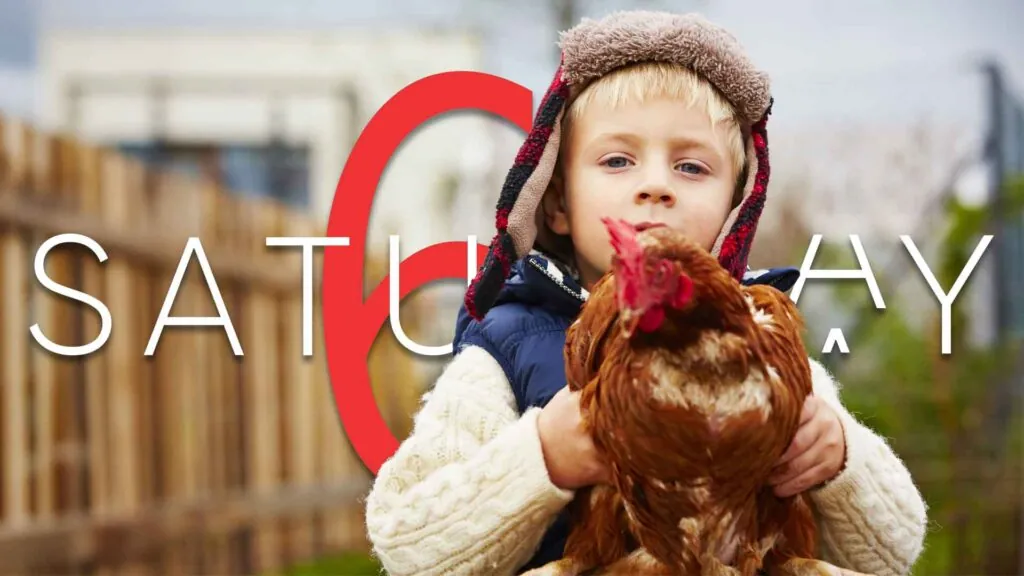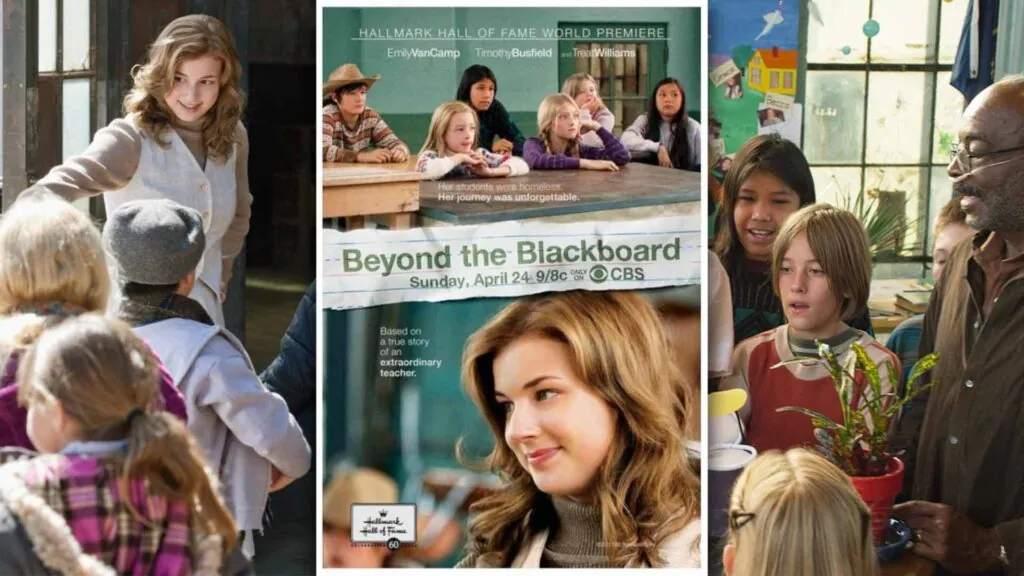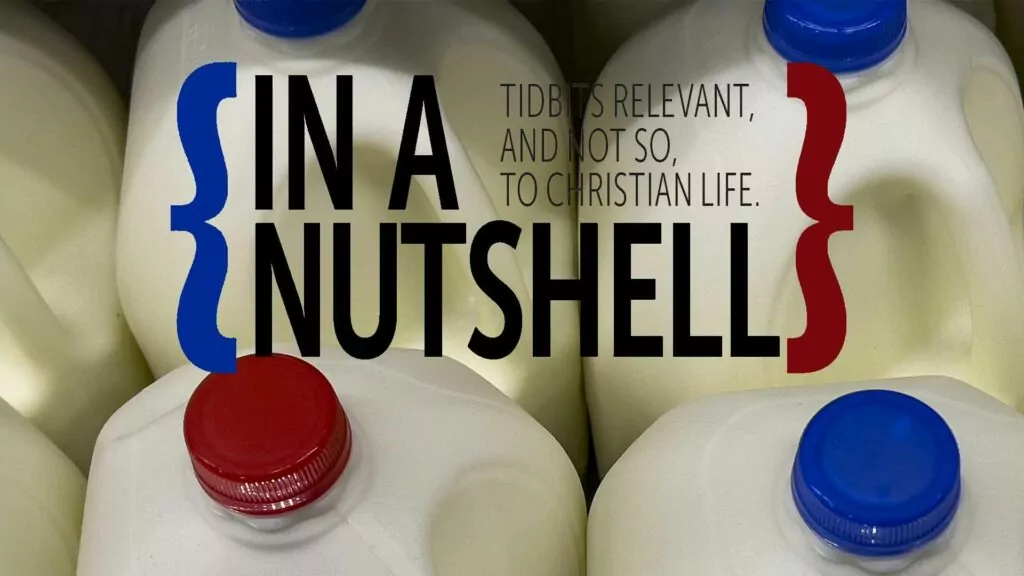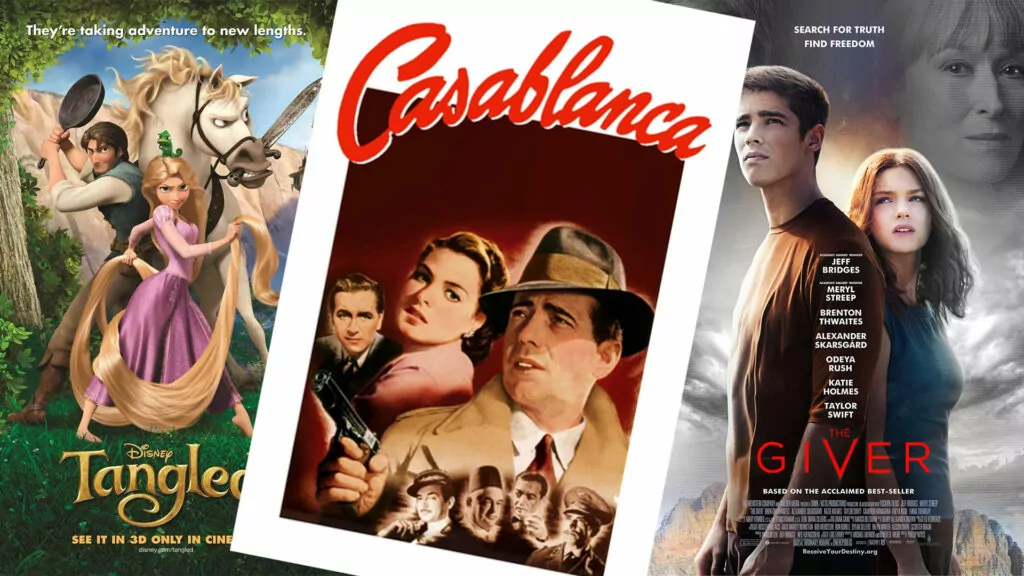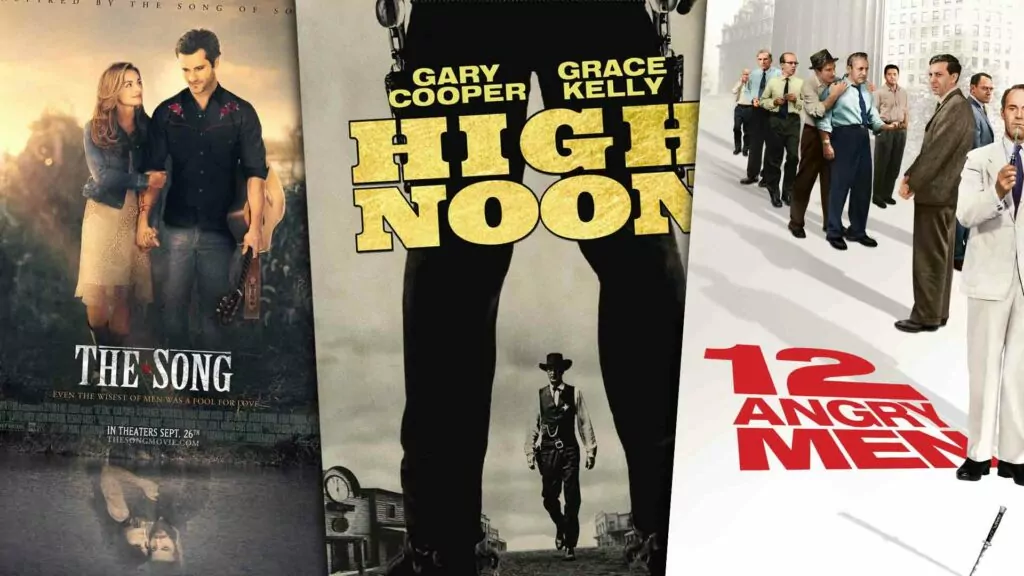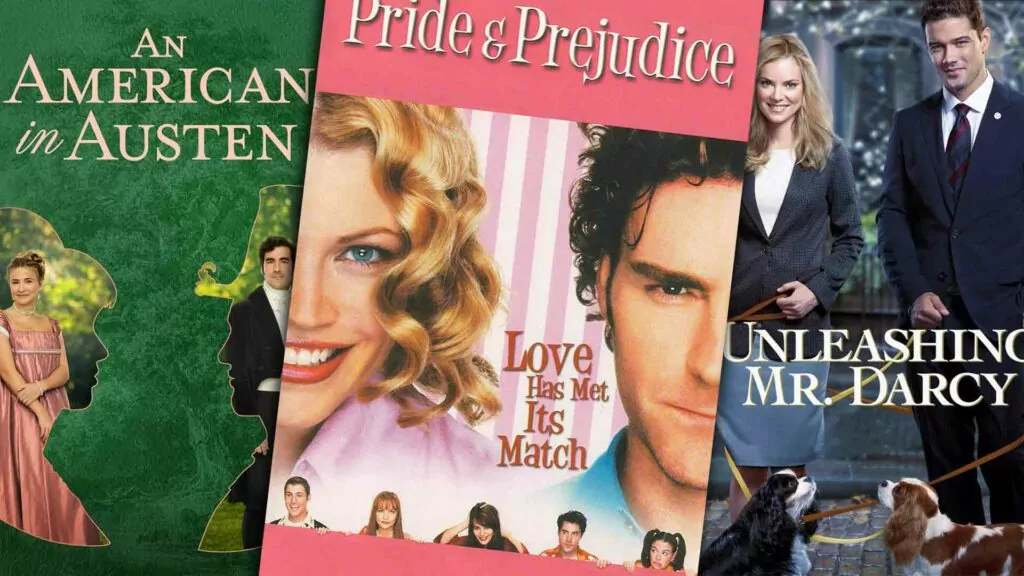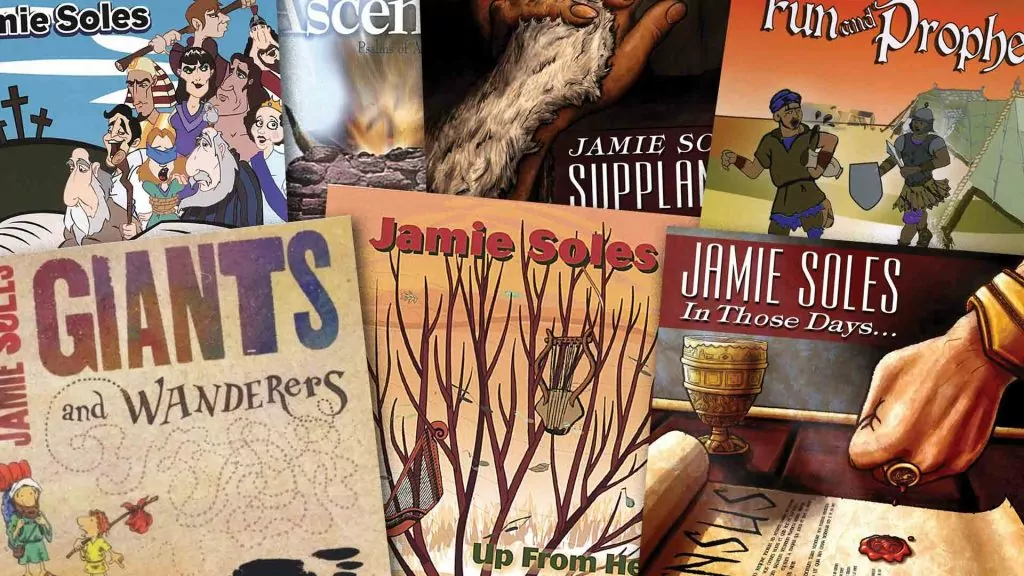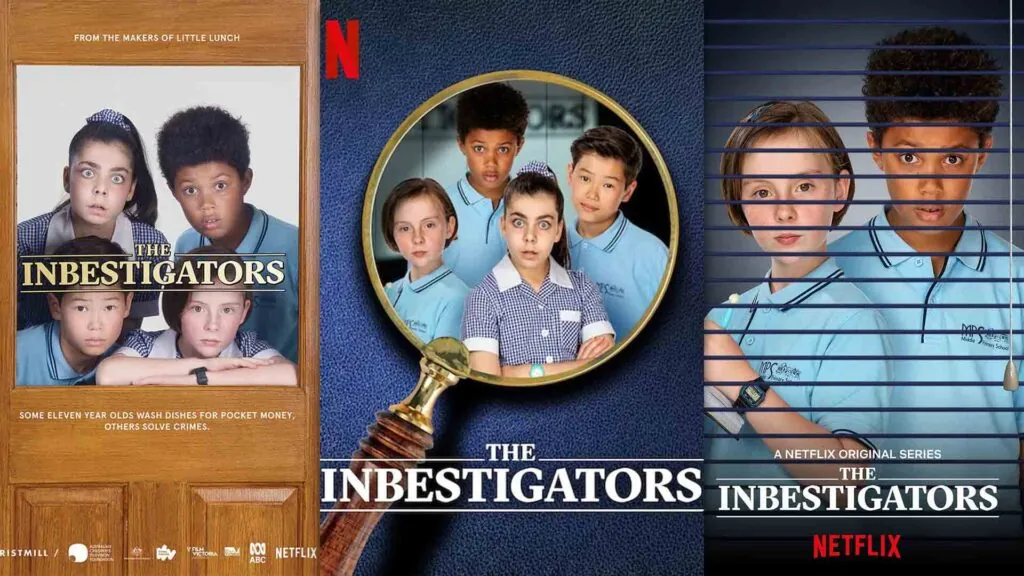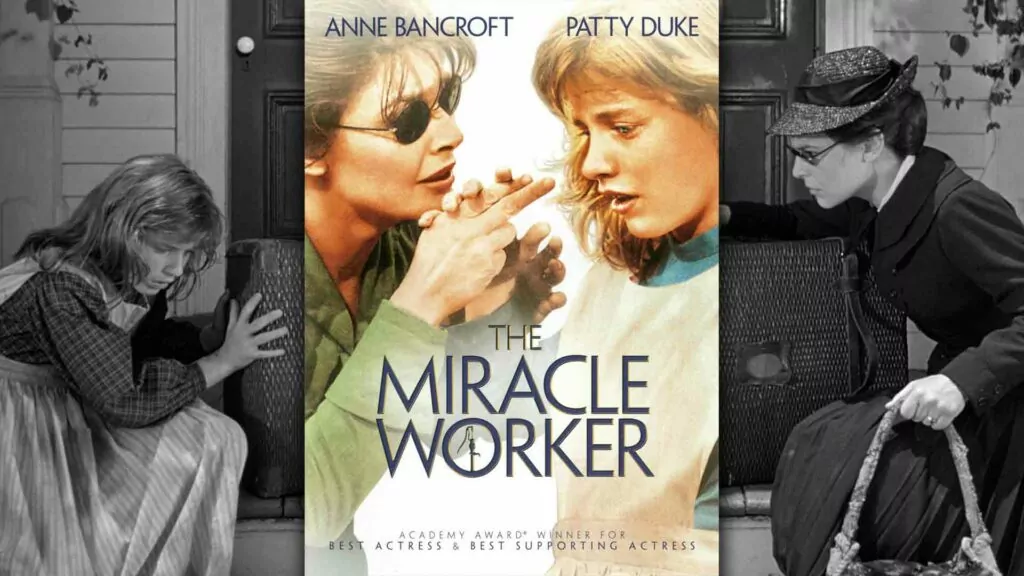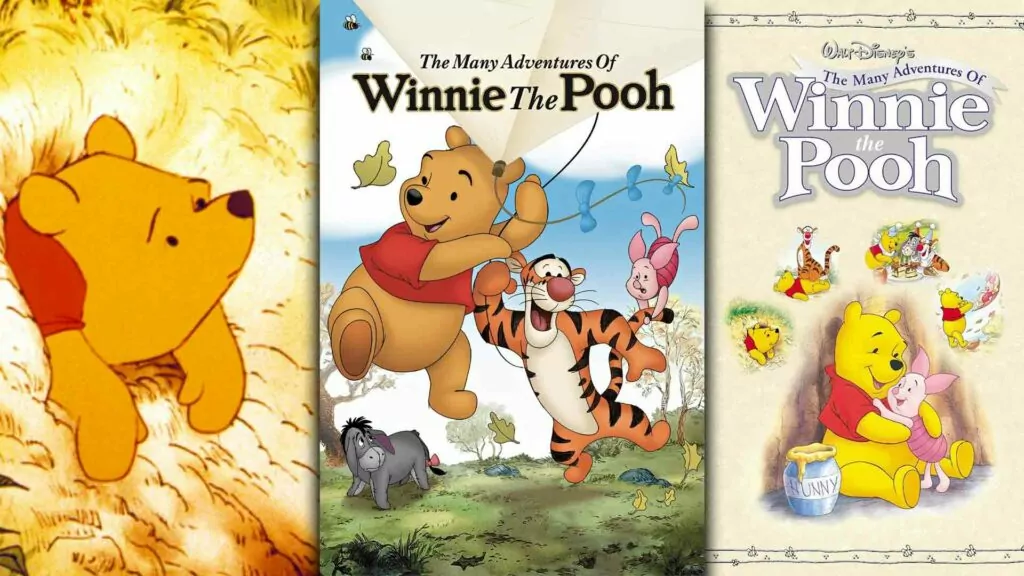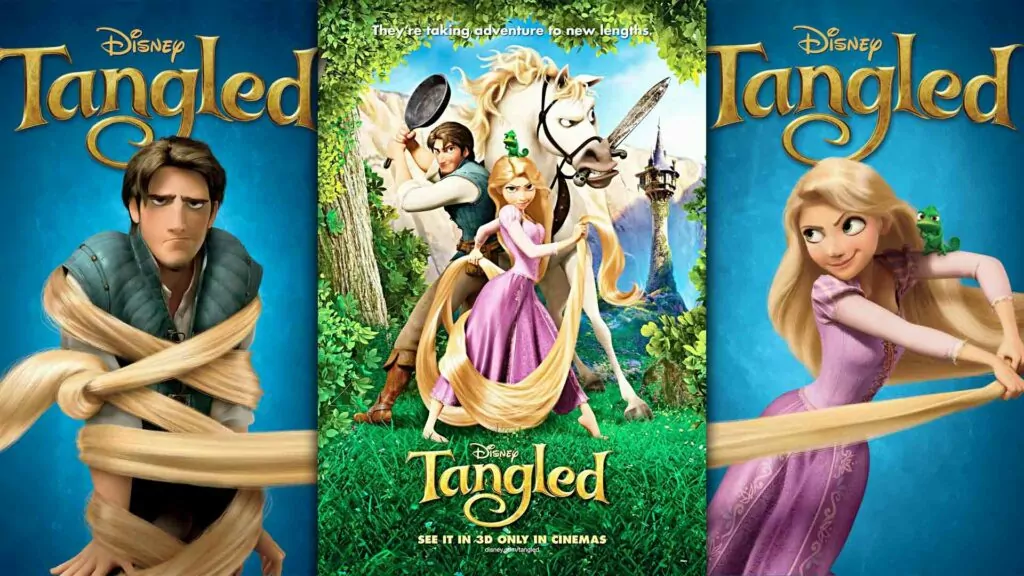
Magazine, Past Issue
Jan/Feb 2026 issue
WHAT'S INSIDE: You can't fight screens with nothing
This time around we've got two contests, and the start of RP's Bucket List Book Club, where we can join together to make 2026 the year we start reading again.
And the theme of the issue is, "We are not trashcans," with five different pieces about learning to discern in our media consumption.
We have three options for you to read the magazine. First up is the flipbook edition, with its turning pages. Below that, you can click the cover to view the pdf in your browser, or click here to download the PDF (9 mb)
INDEX: RP Contest: Your Turn / Join RP's Bucket List Book Club / If grades are dropping should we drop grades? / Blessed are the Busy? Should we be trying to be less busy or be busy better? / You can save pre-born lives this summer / When God goes to war: holiness, judgement, and hope / We believe... 1,700 years ago - on the Council of Nicaea and the Nicaea Creed / Moth and Rust Resolutions / Created to create: a practical person's thoughts on creativity / Tidbits relevant and not so to Christian life / 12 free must-see documentaries for Christian families / Come + Explore: You might be eating candy for dinner and we're not talking about food / We are not trashcans: how to analyze stories / Do you realize what you're listening to? / Christian fantasy after Tolkien – a Top 10 / 8 errors parents make and how to avoid them / Crossword / The Lifelong Battle / Will AI replace reading? / Navigating failure / The evil of simplicity / More than a magazine / The "can you build it better? contest / E.D. Update: A home to grow in - introducing our new Real Talk studio

News
Saturday Selections – Dec 27, 2025
All human conflict is ultimately theological
Abortion has long been treated as the sacrament of Left – a sacred right beyond question, accompanied by creeds (i.e. "My body, my choice" "Abortion is healthcare") that must be professed. But why has the Left made baby murder their ultimate test of left-wing orthodoxy? Because there's something going on here that's bigger than a leftwing vs. rightwing battle. As the gentleman in this video explains, all human conflict is, ultimately, theological, about God himself, and whether we will serve Him or rebel against Him. So abortion is best understood as a sacrament of Satan, a grievous sin he elevates and celebrates because he hates God.
5 things we forget about God when we choose to complain
"Complaining is a sin that has become normal to many, and yet it is the fruit of a dangerously low view of God's goodness and sovereignty."
Evolution is a glory-stealer
This is a super short piece - just a couple hundred words, but well worth the click
End supply management?
We're so used to supply management in Canada that it just seems... natural. And that Trump hates it would be yet another mark in its favor. But in what other industries do we want the government to decide how much will be produced? When we limit supply, simple economics says that will boost prices. Good for the farmers, sure, but not so great for the consumers battling rising food costs. So the question we can ask as Christians is what business is it of the government to pick sides here, choosing to side with the producers over against the consumers (Lev. 19:15 Prov. 24:23, James 2:1-9)?
But won't ending supply management hurt for farmers? It might. But as this article details, the government's supply management can hurt the farmers too, who are prevented from responding to increased demand.
A tedious slog through soft feminism
This interested me, not for the specifics – which relate to the PCA, a denomination I'm not familiar enough to know whether this is an accurate assessment – but for the general problem being addressed: a form of feminism sneaking into conservative churches under the cover of compassion. Here the notion is that only women can understand and counsel women, so elders need to get out of the way. There is some truth here, in that women in general will understand other women generally better than men in general, which is certainly one reason why Paul encourages the older women to teach the younger (Titus 2:3-5). But if we were to extend this principle, that only like can counsel like, then it is not the older women who should teach the younger, but the younger should teach the younger. And that ain't right. So what is true in general can become harmful when taken too far.
God gives us elders to oversee the Church, so He, in His wisdom, knew that was, in fact a good idea too.
The boy with 2% of a normal brain shows that we are more than our brain
Noah Wall was born in 2012 with, compared to other babies, just 2% of a brain. By all conventional thinking he shouldn't have survived. And he certainly shouldn't have thrived, as has happened. How can this be? Part of the answer is certainly his mom and dad who are constantly doing brain exercises with him – God has given Noah a remarkable mom and dad.
But part of it flies in the face of the secular world's confident materialist assumption that the sum total of each of us is simply the matter – the material – that we are made up of. If that were so, then how could this boy, with so little brain material, be the person he is? But God has told us that we are more than just our body, just as the world is more than just what we can touch and see. God created us body and immaterial soul (Matt. 10:28). Does that mean, then, that we should think of our brain as a filter through which we act, rather than as what defines who we are? This filter analogy would explain why brain injuries do impact us greatly – it would be akin to how a clogged filter in your car or furnace will impede its ability to operate – even as we see affirmed, in a case like Noah's, that we are indeed more than our material brains.
Today's Devotional

January 2 - My only comfort
“Jesus said to him (Thomas and the rest of the world) I am the way, the truth, and the life. No one comes to the Father except through Me.” - John 14:6
Scripture reading: John 14:1-7
In this world filled with sin and misery it is to our great comfort to speak of our ONLY comfort. While there may be other realities that encourage >
Today's Manna Podcast

He turned water into wine
Serving #1075 of Manna, prepared by Anonymous, is called "He turned water into wine".














